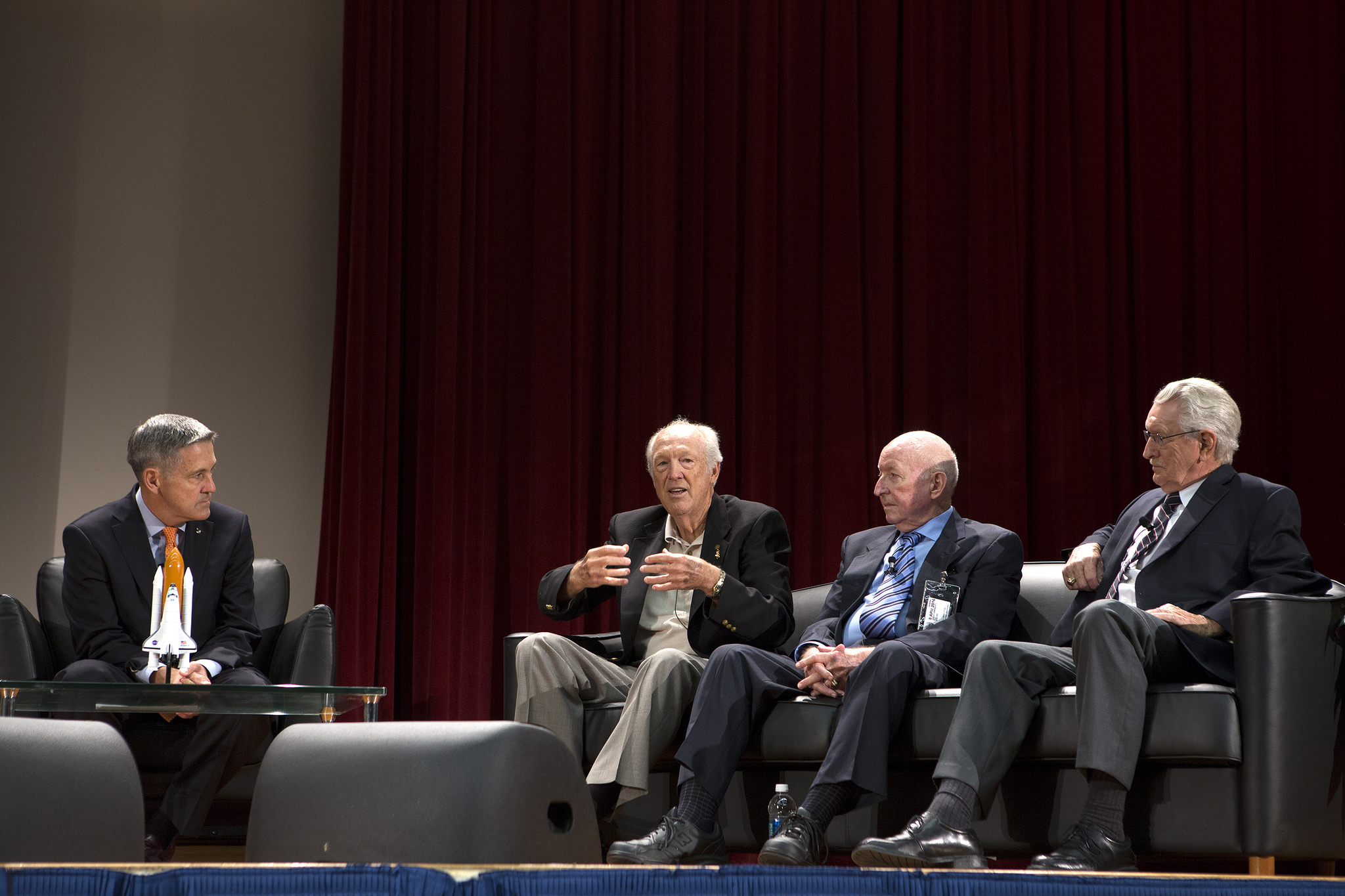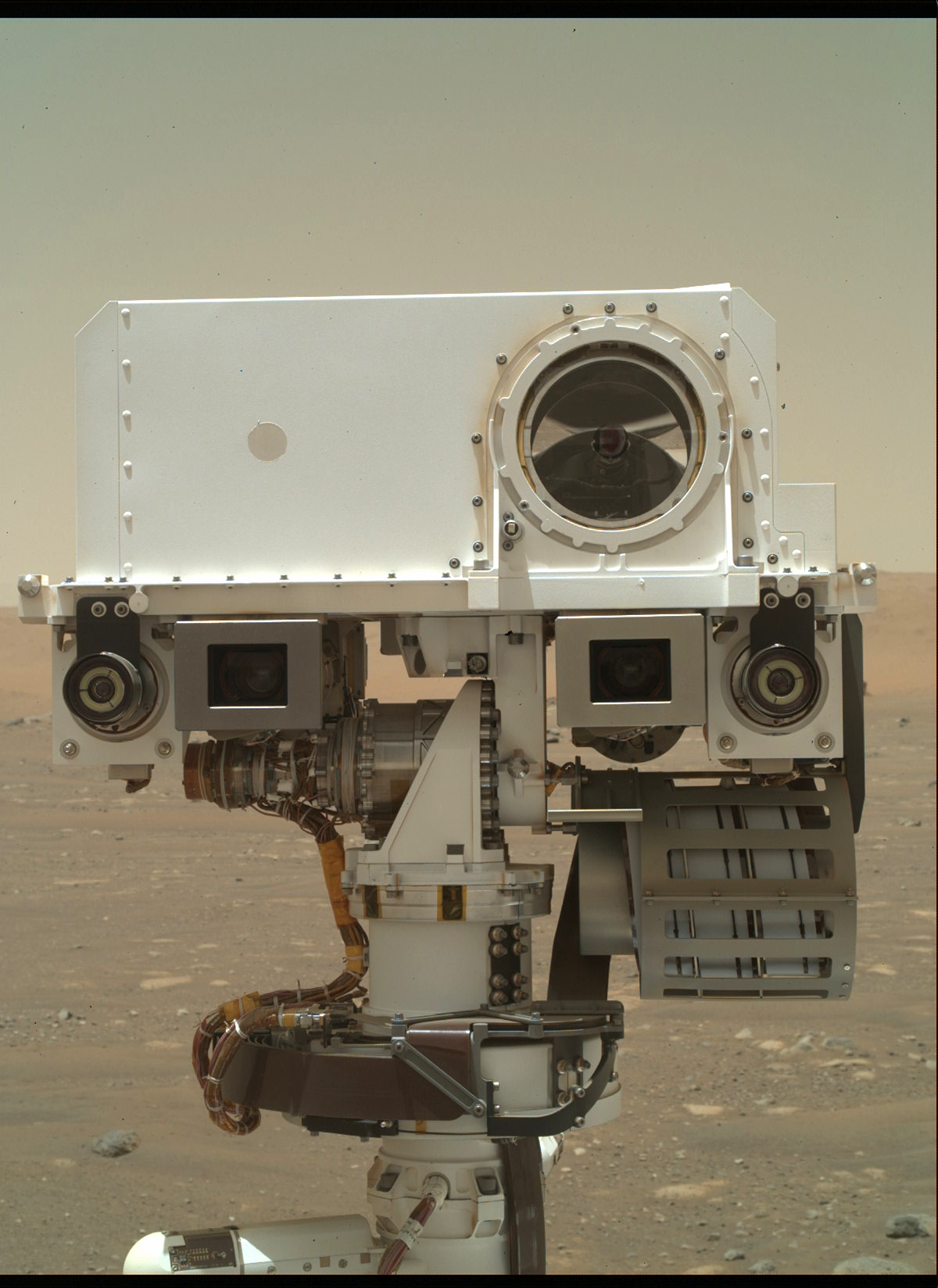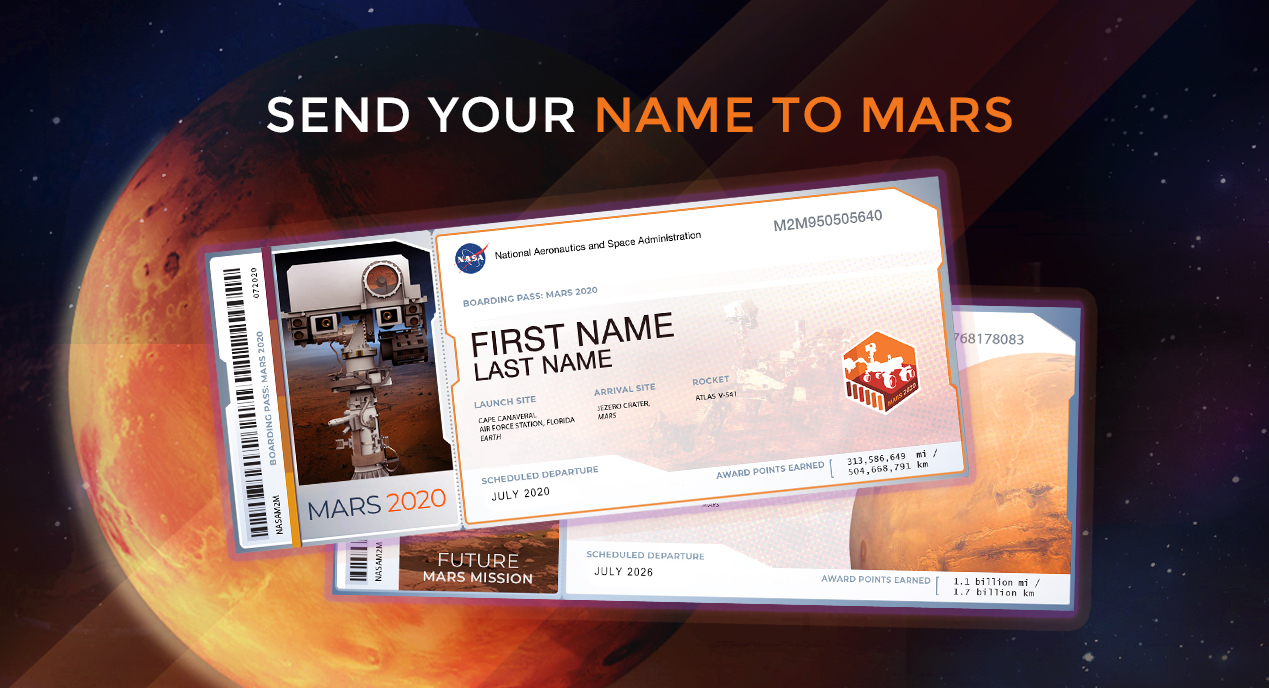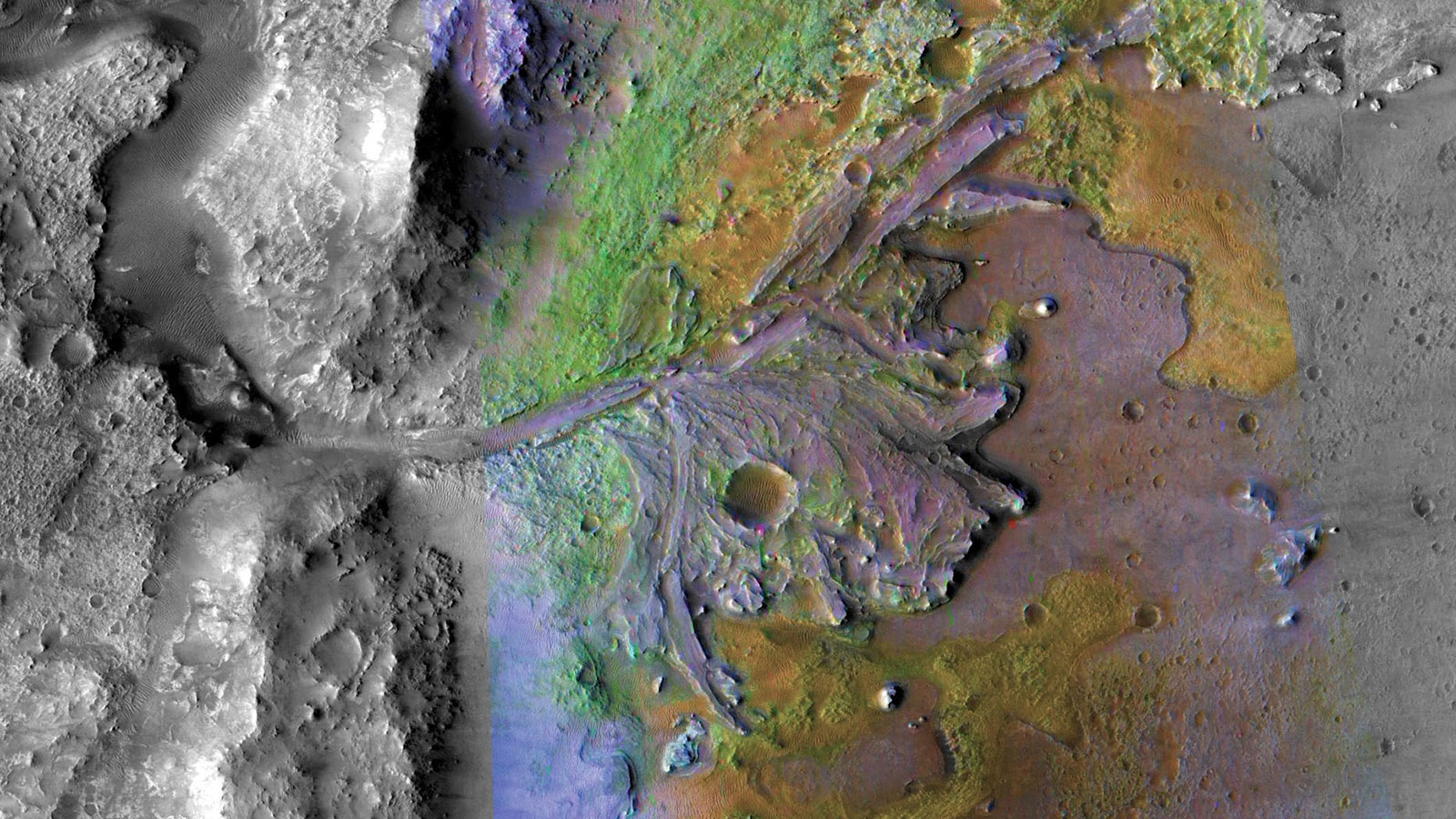Learning from our past to successfully move into the future is what the Apollo, Challenger, Columbia Lessons Learned Program (ACCLLP) is all about. The agency-level program is based at NASA’s Kennedy Space Center in Florida. It was created in January 2016, the brainchild of Mike Ciannilli, an engineer at Kennedy. Ciannilli now serves as the ACCLLP manager.
“It started as an idea to create a lessons learned program, to share the lessons of the past to ensure future mission success,” Ciannilli said. “There are many workers at the center now that were not here during space shuttle.”

The first ACCLLP event was held in January 2016 and discussed the Columbia Research and Preservation Office along with introducing the vision and mission of the new ACCLLP. The guest speaker was former NASA Launch Director Mike Leinbach.
The next event, in April 2016, focused on STS-1 and the 35th anniversary of the first space shuttle launch and the first flight of Columbia. Guest speakers were Kennedy’s Center Director Bob Cabana and STS-1 pilot Bob Crippen.
To commemorate the 50th anniversary of Apollo 1 in January 2017, the ACCLLP event was called “Apollo 1 – To There and Back Again,” and featured guest speakers Ernie Reyes and John Tribe, both original members of the Apollo 1 launch team who were on console during the accident. Apollo 16 moonwalker Charlie Duke also shared his personal insight and valuable lessons learned from Apollo 1.
The most recent program, in February 2017, was a two-part event titled, “America’s Spaceport – Integrating the Future.” The theme focused on the evolution of the center from a single-user to a multi-user spaceport, going beyond human spaceflight and rocket launches. The morning session guest speaker was Kennedy Deputy Director Janet Petro, followed by a panel discussion with leaders from the Spaceport Integration and Services Directorate, Center Planning and Development Directorate, Safety and Mission Assurance Directorate and the Federal Aviation Authority. The afternoon session featured opening remarks from Nancy Bray, director of Spaceport Integration and Services, followed by a panel discussion with participants from the morning session.
“We learn from our failures and our successes,” Ciannilli said. “It’s important also to share our tremendously successful history. We have many more powerful lessons to share.”
Ciannilli also serves as the facility manager for the Columbia Preservation Room in the Vehicle Assembly Building (VAB) and the Challenger silos at Cape Canaveral Air Force Station. He oversees the Columbia Research and Preservation Office Loan Program, loaning out artifacts from a tower in the VAB to interested organizations. Currently, there are 84,000 artifacts in the room, with 12 artifacts loaned out for a large study to researchers at the University of Texas-El Paso.
Ciannilli gives lessons learned tours of the Columbia Preservation Room to NASA senior leadership, corporate CEOs, VIPs, academia, NASA interns, commercial partners, contractors and a diverse array of visitors across the agency and industry. Representatives from NASA’s Orion Program, the Boeing Co. and NASCAR, among many others, have visited the room to learn how to enhance their safety.
“When guests visit the Columbia Preservation Room, they are noticeably impacted,” Ciannilli said. “It’s a different conversation, a very heartfelt conversation. After they spend time with Columbia and her crew, they often leave the room a little different than when they arrived.”
“It’s critically important that we don’t forget the lessons learned from our past, that they are ingrained in our culture to prevent similar instances from ever being repeated in the future,” said Bob Cabana, Kennedy Space Center Director. “The Apollo, Challenger and Columbia Lessons Learned Program makes sure that’s the case. It’s an excellent resource to educate new employees, and also to remind those who have been here for a while, of the responsibility we have when making decisions that impact the safety and success of human spaceflight missions.”
For more information about the ACCLLP, visit http://www.columbia.nasa.gov.























